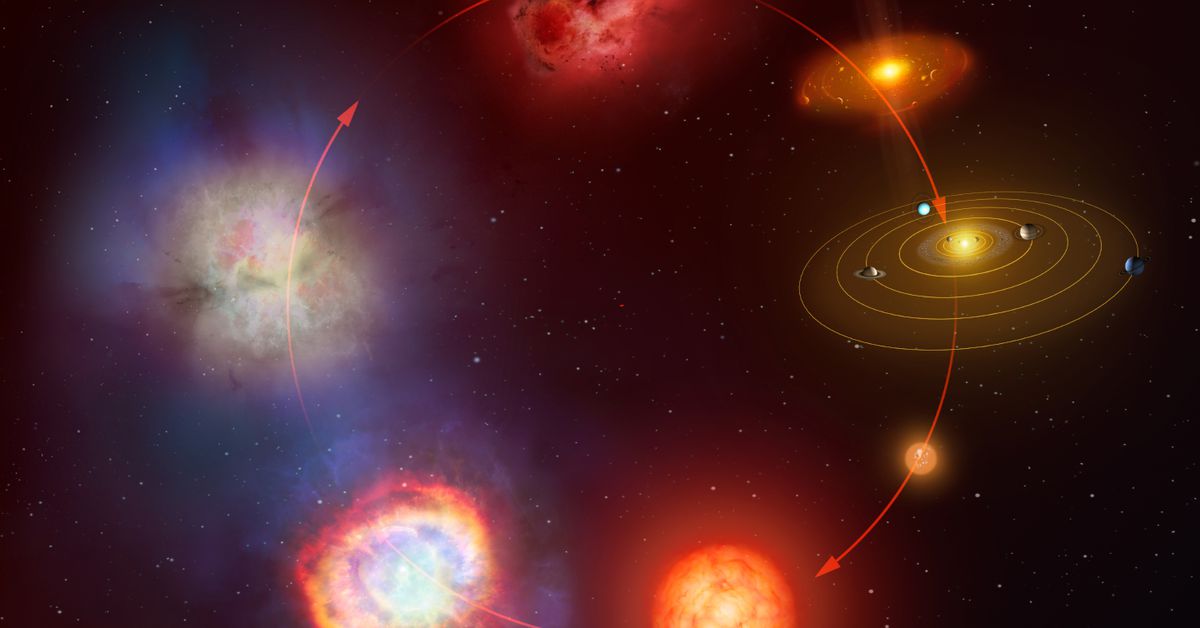The Discord channel was filled with anons greeting each other: “Gm.” “Good morning.” “Good morning.”To some, it started as an innocuous way of sayi
The Discord channel was filled with anons greeting each other: “Gm.” “Good morning.” “Good morning.”
To some, it started as an innocuous way of saying “good morning.”
“IRC/Discord has been around forever and never had a culture of gm’ing each other – but with crypto – specifically post COVID – it felt like for the first time people’s job was virtual first to ‘commute’ to the computer, log into Discord, be social with each other, day trade, and build things – while saying, ‘Yes, I am present today – I may not have anything to post right now, but I’m here, working’ – particularly important for devs or mods that didn’t want to make it seem like their community was a ghost town,” states Paul, a co-initiator of the Kong community, that has adapted the phrase to a colorful image of the text “KM”, for “Kong morning.”
Kelsie Nabben is a PhD Candidate and researcher at RMIT University’s Centre for Automated Decision-Making & Society. Dr. Alexia Maddox, a research fellow at the Blockchain Innovation Hub, is a sociologist of technology, focusing on digital frontiers and online communities. This post is part of CoinDesk’s Culture Week.
He added, “When you gm someone it’s an acknowledgement that you’ve shown up for work and you’re talking to a fellow degen [decentralized finance degenerate]. From there it kind of became a meme or cultural identifier that our community does that others don’t. No one on Twitter said gm to each other before crypto.”
Others believe that it’s a way to increase visibility across multiple community chat channels. It also demonstrates engagement with algorithmic monitoring to increase the potential upside of any rewards “participation.” With “gm,” the decentralized autonomous organization (DAO) comes alive.
This is just one example of the cultural dynamics of ritual that inform and form the identity of a DAO – an autonomous organization of sovereign individuals.
Approaching a DAO as a concept
A DAO is a relatively new form of politically decentralized organization whereby a network of people coordinate through software code and automation to govern themselves toward a stated objective. Autonomy here relates to an autonomy of process, building from the Ethereum blockchain’s smart contract function into a discrete living system. DAOs are testing the possibilities of decentralized self-governance and possess governance patterns which are expressed in distinct phases.
To think through the cultural practices and evolution of a DAO, we present a thought experiment on the lifecycle of a DAO, from birth, life, procreation and death to resurrection. We unpack how such amorphous and multi-layered collective endeavors emerge and the way their identities form and transform through ritualistic rights of passage.
Sorting through the numerous ways DAOs have been described – as organizations, virtual entities, networks of participants, colonies or “magic internet communities” – we seek to explore them as living systems of human and non-human actors. To do this, we draw on the cybernetic logic of autopoiesis – the ability of a living thing to “maintain and renew itself by regulating its composition and conserving its boundaries.” We are not anthropomorphizing technology (casting technology in our image and story). Instead, we are highlighting the cultural nexus that arises through human-technology encounters.
So, what is a DAO, really? Fundamentally, DAOs are a coordination infrastructure.
A DAO is about people and an objective; it uses machine systems to enhance people’s capacity for self-governance. Thus, a DAO can be many things, from a small collective of hobbyists to a massively scaled, multimillion-dollar organization.
Most commonly, DAOs are built upon constituent blockchain-based parts that include a treasury, governance mechanisms such as (but not exclusively) voting, smart contracts for the execution of decisions, tokens as a way for people to buy or be “airdropped” into a collective endeavor, and ways to facilitate collective processes that supplant traditional organizational formats. They also integrate real-world feedback loops to ingest and process information from the outside world; for example, data oracles that translate real-time data feeds from external sources to support the DAOs decision-making and execution capabilities.
When we think about all the moving parts of a DAO, we suggest that a process of identity construction occurs for both human and non-human actors, within the system and at scale for the DAO itself. For the identity of a DAO to evolve, it must pass through and cross a threshold moment. As the DAO moves through each threshold moment, from birth to death to possible resurrection, different pathways of action potential open up within the network. Hence these moments hold the ritualistic hallmarks of rites of passage. These rites of passage are culturally continuous events that connect…
www.coindesk.com
